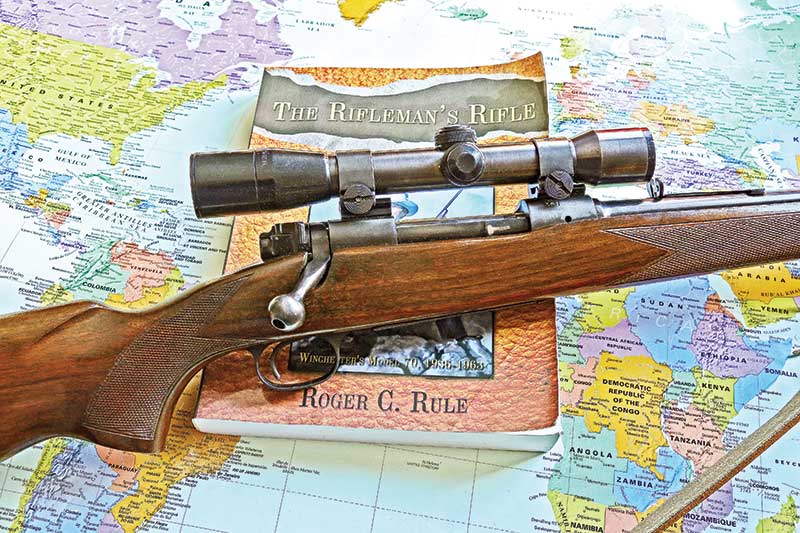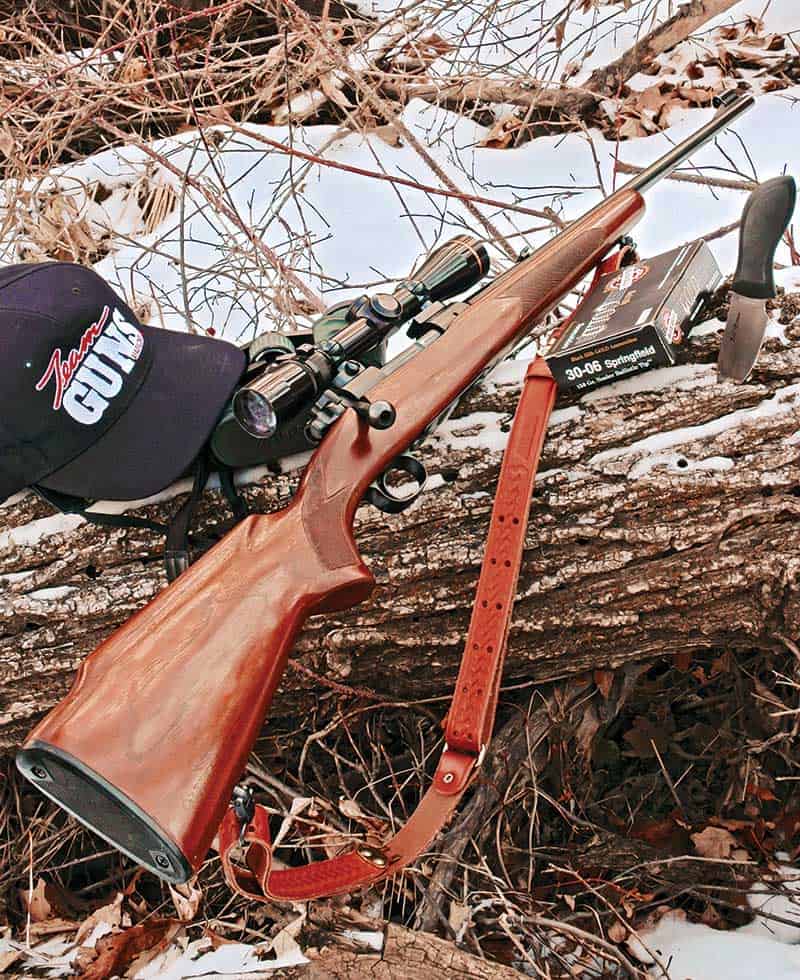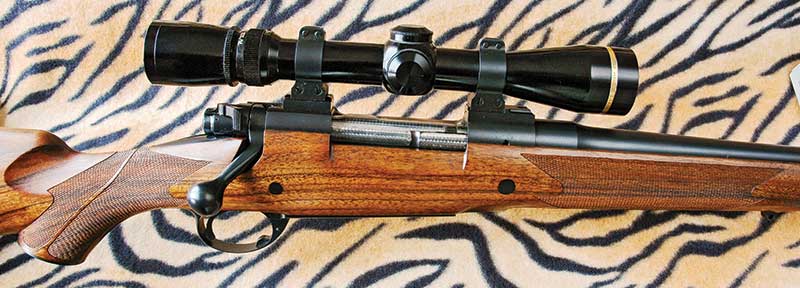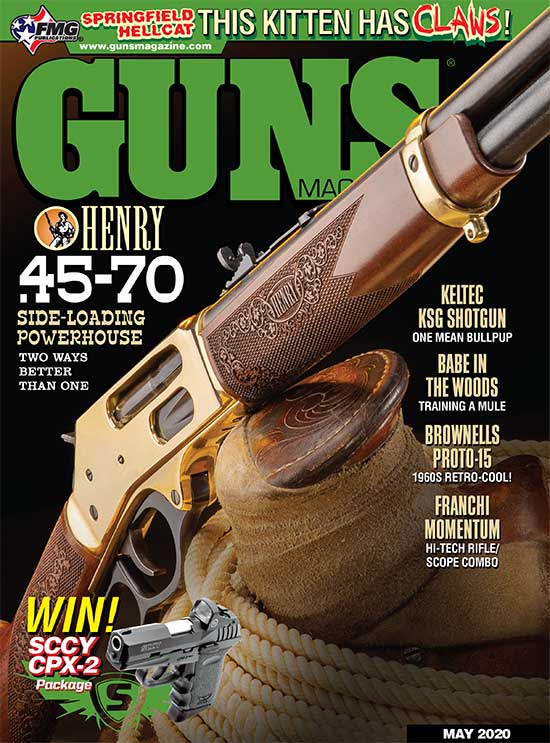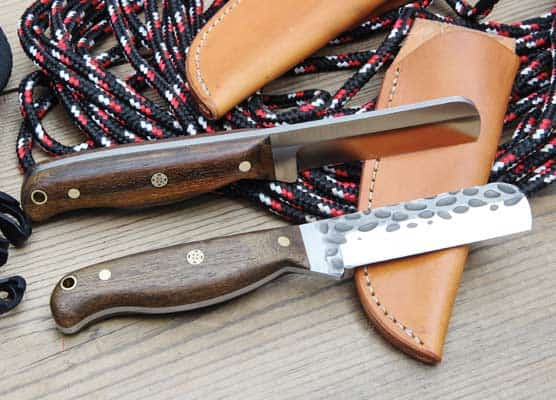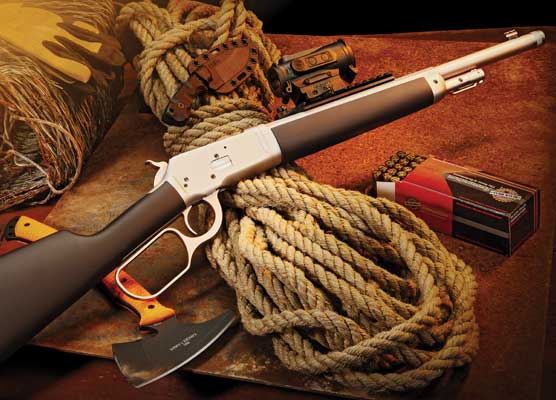Pre-’64 Winchester Model 70’s
They’re desirable — but is older really better?
The Winchester Model 70 is America’s most iconic bolt-action rifle and to collectors the most desirable M70s are the “pre-’64” rifles. According to Roger C. Rule’s superb book The Rifleman’s Rifle (a must-have for any M70 enthusiast), the receiver with s/n 0001 was made January 20, 1936, assembled into a complete rifle and released for sale to the public January 1, 1937. The receiver with the highest known s/n, 581471, was made October 18, 1963.
Family Tree
The “Great War” of 1914–1918 profoundly affected the sporting rifle scene. Military service introduced thousands of young American men to bolt-action rifles and the .30-’06 cartridge. Remington had made millions of 1917 Enfields for the military. After the war they astutely built the Model 30 sporting rifle on the same basic action.
Sales of the Remington M30 got Winchester’s attention. Around 1922–1923 Winchester started work on a bolt-action sporting rifle in .30-’06 (and its newly designed cartridge, the .270 Win.). The new Model 54 rifle was introduced in 1925.
The M54 did reasonably well, selling a bit over 50,000 units from 1925–1936. Use by both hunters and target shooters revealed a few shortcomings. The safety and bolt handle design were not well suited to use with telescopic sights, which were just starting to become popular. Target shooters disliked the military-style two-stage trigger pull and the lack of a separate bolt stop. In the early 1930s Winchester set a goal to make a first-class target rifle. Changes included a separate bolt stop, an excellent single-stage trigger, redesigned safety and bolt handle, relocating the forward guard screw and generally improving quality and appearance. The redesign was introduced as the Model 70.
Time On Their Hands
he Great Depression played a part in creating the Model 70 legend. Sales of discretionary consumer goods took a terrible beating. Most families could barely afford necessities. Firearms manufacture was labor-intensive and required a highly-skilled workforce. Companies desperately wanted to keep their best workers (who were generally the oldest) and those workers wanted to keep their jobs.
During this time there was no incentive to rush the work, quite the opposite. Those skilled workers were given the time to carefully fit, tune and adjust actions and triggers, polish and blue metal parts, to select the best stock blanks to shape, finish, and hand checker. Prewar Model 70 rifles were virtually custom made. This dynamic was not unique to Winchester — Colt, Smith & Wesson, Savage and other guns from the same era show the same exceptional workmanship.
World War II suspended manufacture of sporting arms as the firearms industry went all-out to supply the armed forces of America and its allies. When peacetime production resumed the American economy had been transformed. The postwar economic boom pumped money into every level of society. Demand for consumer goods, firearms included, was unprecedented and Winchester was selling every gun it could make while doing its best to ramp up production — and found itself running into a bottleneck.
The skilled gunmakers from the 1930s were reaching retirement age in the 1950s and proving very hard to replace. Every manufacturer, whether making automobiles, airplanes, or kitchen appliances needed skilled workers. Tool and die makers and machinists were in great demand and the demand was reflected in wages. The inevitable result was a slow decline in the degree of fit, finish and polishing as the ’50s progressed which is why rifle enthusiasts boasted of their “pre-war” or “pre-1950s” Model 70s.
Falling Off
The decline could be seen in the amount and quality of the checkering, in heavier trigger pulls and actions less smooth and slick.
Nonetheless Winchester never compromised on the quality of its steel, the machining of receivers or the accuracy of its barrels. The sad fact was a labor-intensive manufacturing process could not compete in price with the more modern techniques introduced after the war by Remington, to say nothing of the millions of modestly priced military surplus rifles. By the ’60s Winchester realized they were actually losing money on every rifle produced.
A New Beginning
The “new” Model 70 introduced in 1964 was a good rifle in many ways, accurate, very strong and better than the earlier model at handling escaping gas in the event of a case failure. It outsold the earlier model by a considerable margin and the reduced manufacturing costs meant Winchester actually made a bit of a profit. But to most shooters it was unattractive, especially when it had to compete with the memories of those pre-war classics.
We know now modern techniques such as CAD/CAM design and manufacture would give us better designed, better made rifles than ever. But in 1964 the future looked bleak. Not only collectors, but also hunters wanting a practical sporting rifle started snapping up every pre-’64 rifle available.
Current Values
Today it seems the M70 market is going in two directions. Shooters who want a high quality hunting rifle are more likely to select a current production model. It seems prices for well-used pre-’64 M70s in popular cartridges have stabilized or even fallen. At the same time pre-’64 M70s with strong collector appeal are going up in value. Factors such as condition, chambering, model, famous past owners and military use are increasingly important.
